BoJ Governor Haruhiko Kuroda told the parliament today that “it’s important now to keep the entire yield curve stably low as the economy suffers the damage from COVID-19”. Also, “the BOJ has no intention of pushing up (10-year bond yields) above its target of around 0%.”
On monetary policy, Kuroda said “it may take time but the BOJ must achieve 2% inflation by helping expand the positive output gap, prop up inflation expectations with a commitment to expand base money until inflation stably above 2%… By stressing BOJ’s commitment to hit 2% inflation, it hopes to push up inflation expectations and lower real interest rates.
BoJ will also include the study on whey inflation has not sufficiently picked up in the upcoming March review. “The BOJ will examine the effects and side-effects of our asset purchases in hope of making them more effective and sustainable,” Kuroda reiterated. “We’re already buying ETFs flexibly because doing so is possible even under current guidelines.”




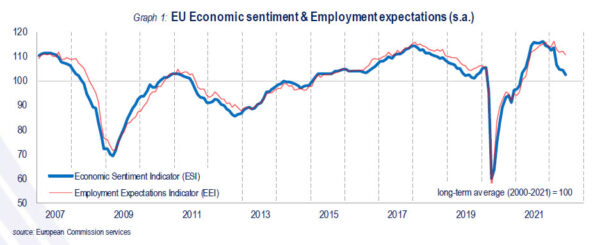
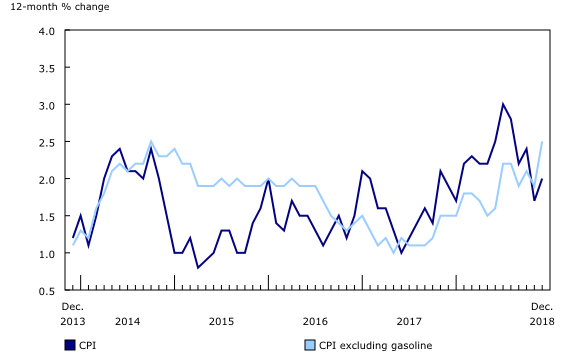
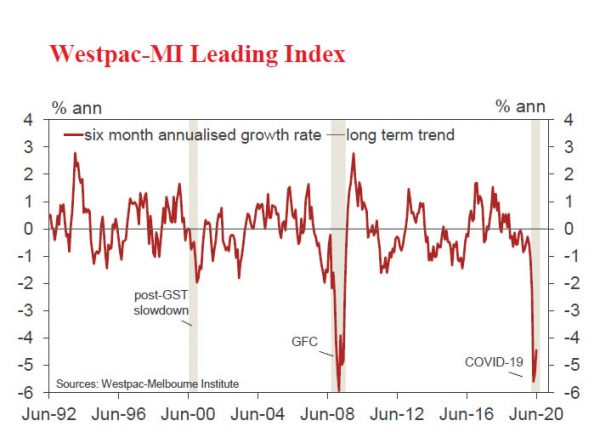
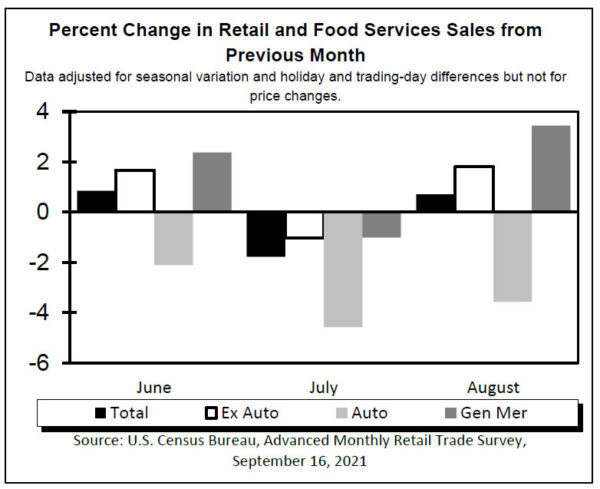

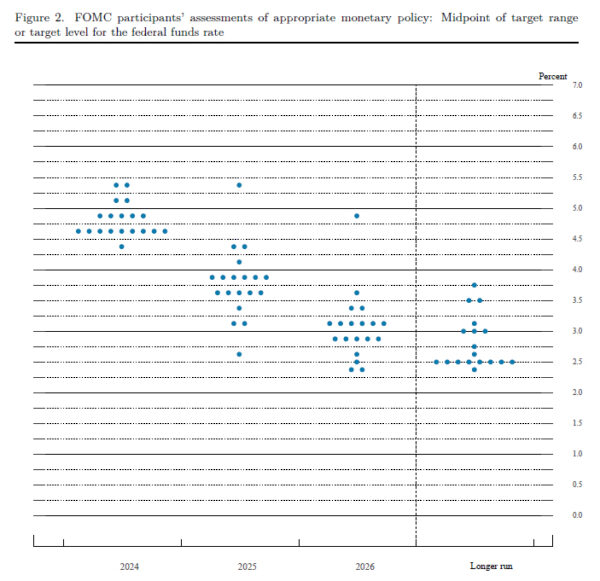
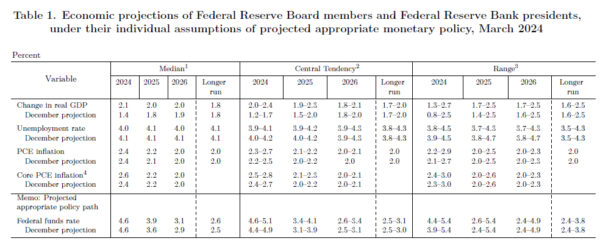
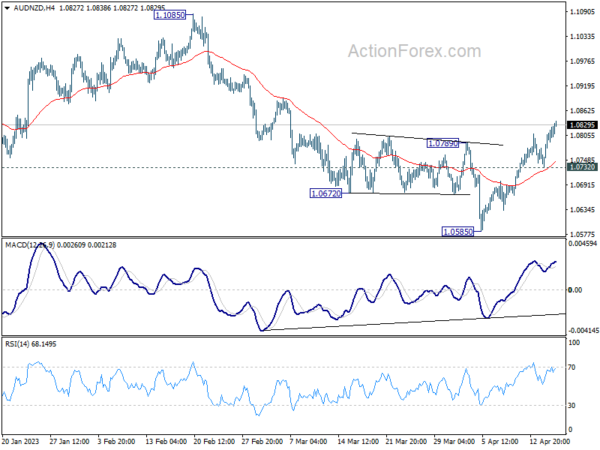
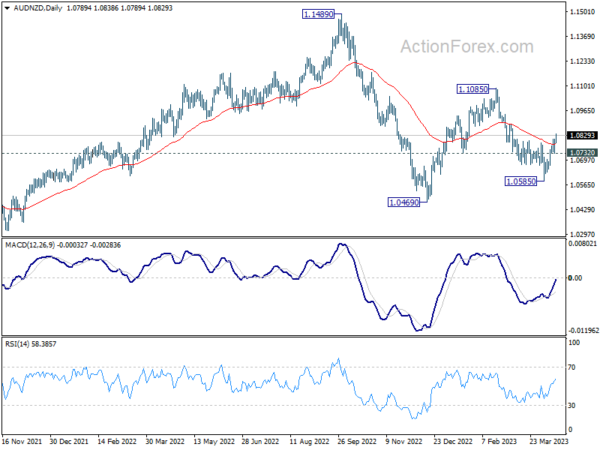
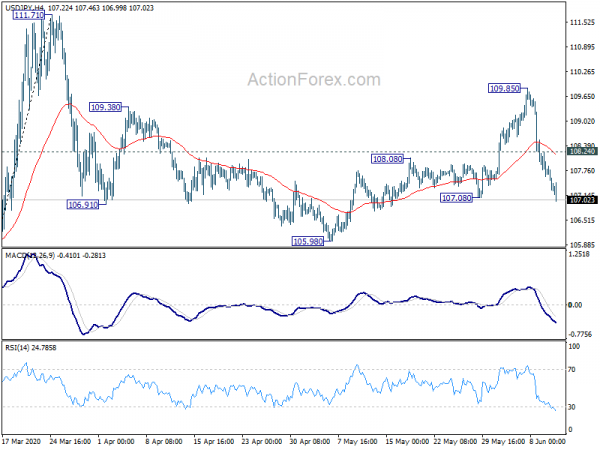
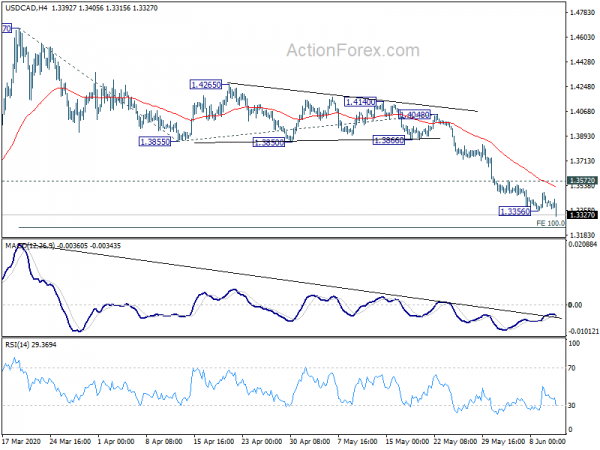
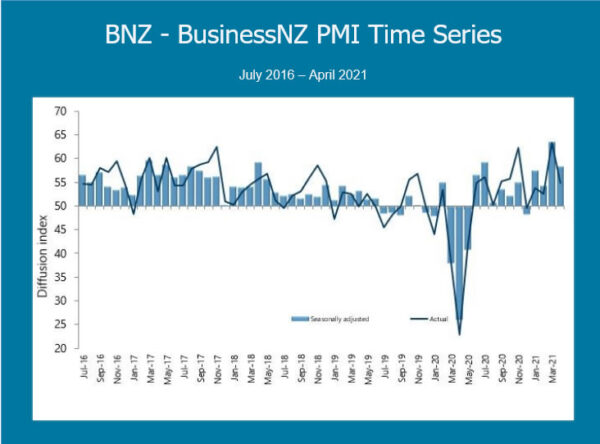
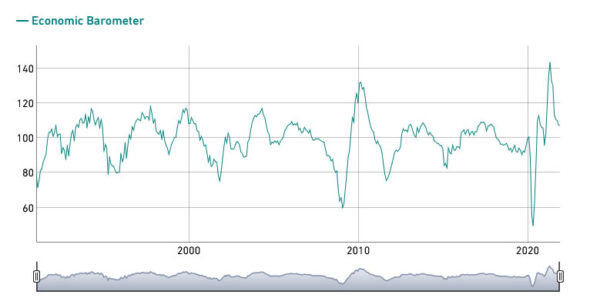

Bundesbank Weidmann: Acting beyond mandate will undermine trust in ECB
Bundesbank President Jens Weidmann warned today that the Eurozone is still not crisis proof. He pointed out that “certain issues like the lack of credibility of fiscal rules or the harmful sovereign-bank nexus still have to be adequately addressed.”
At the same time, fighting crises could force unelected ECB bankers to take political positions that’s beyond its own mandate. And, “acting beyond the mandate would also undermine people’s trust in the central bank.”
He added, “at the end of the day, it could become more and more difficult for the European Central Bank to focus on its promise of a stable currency.”